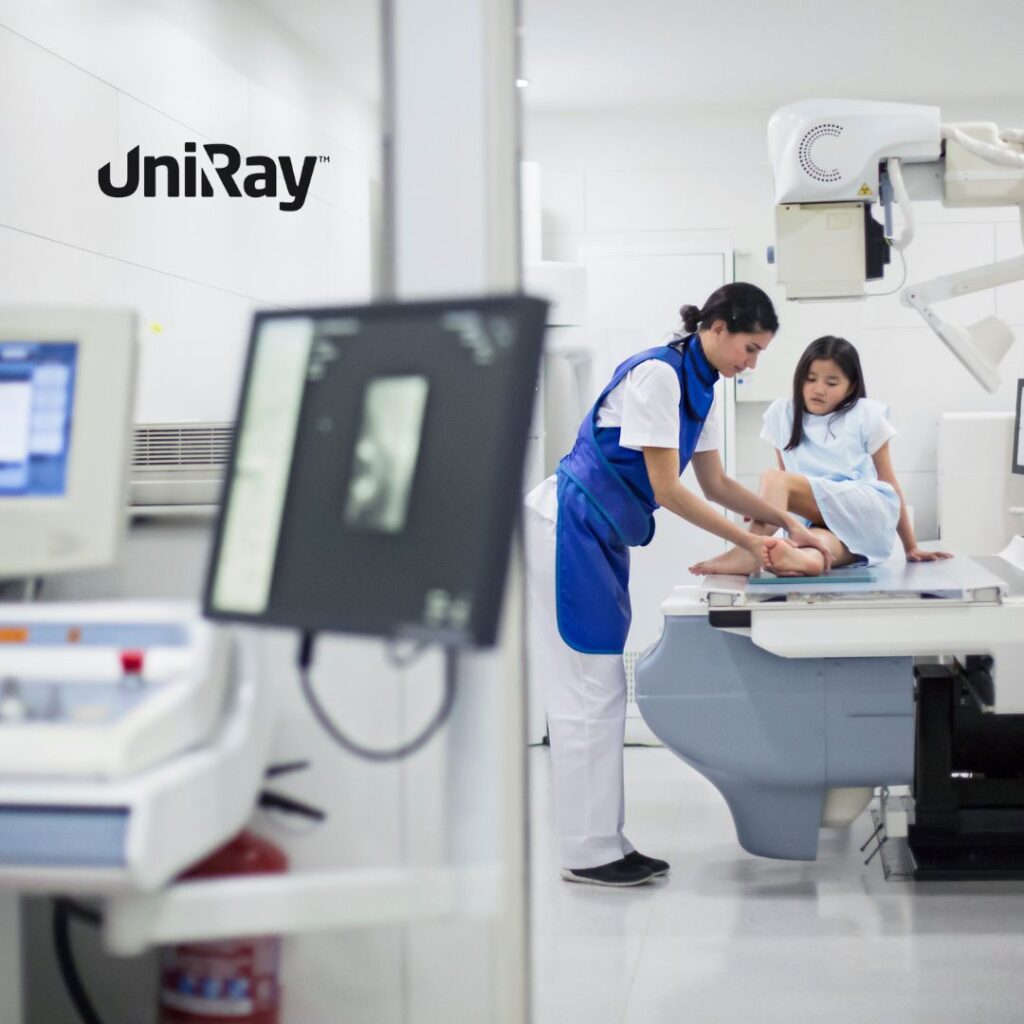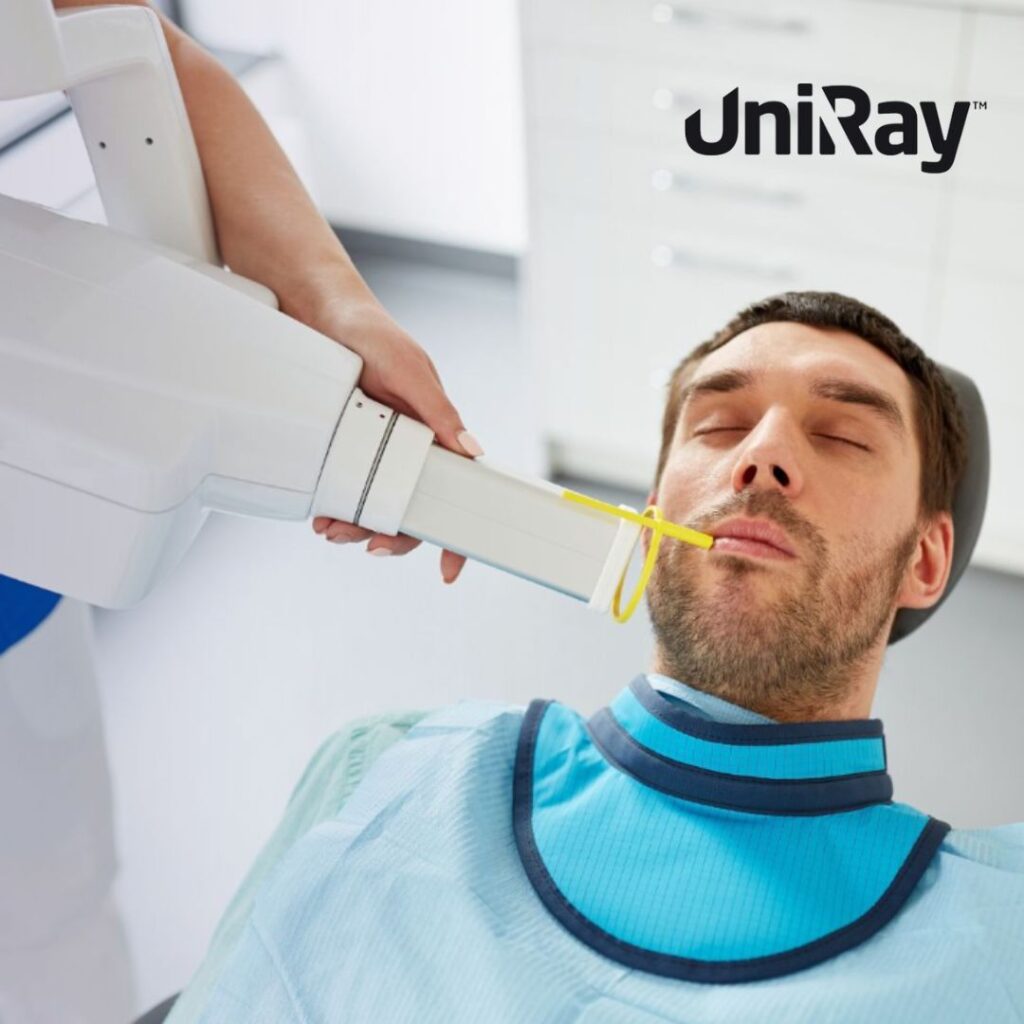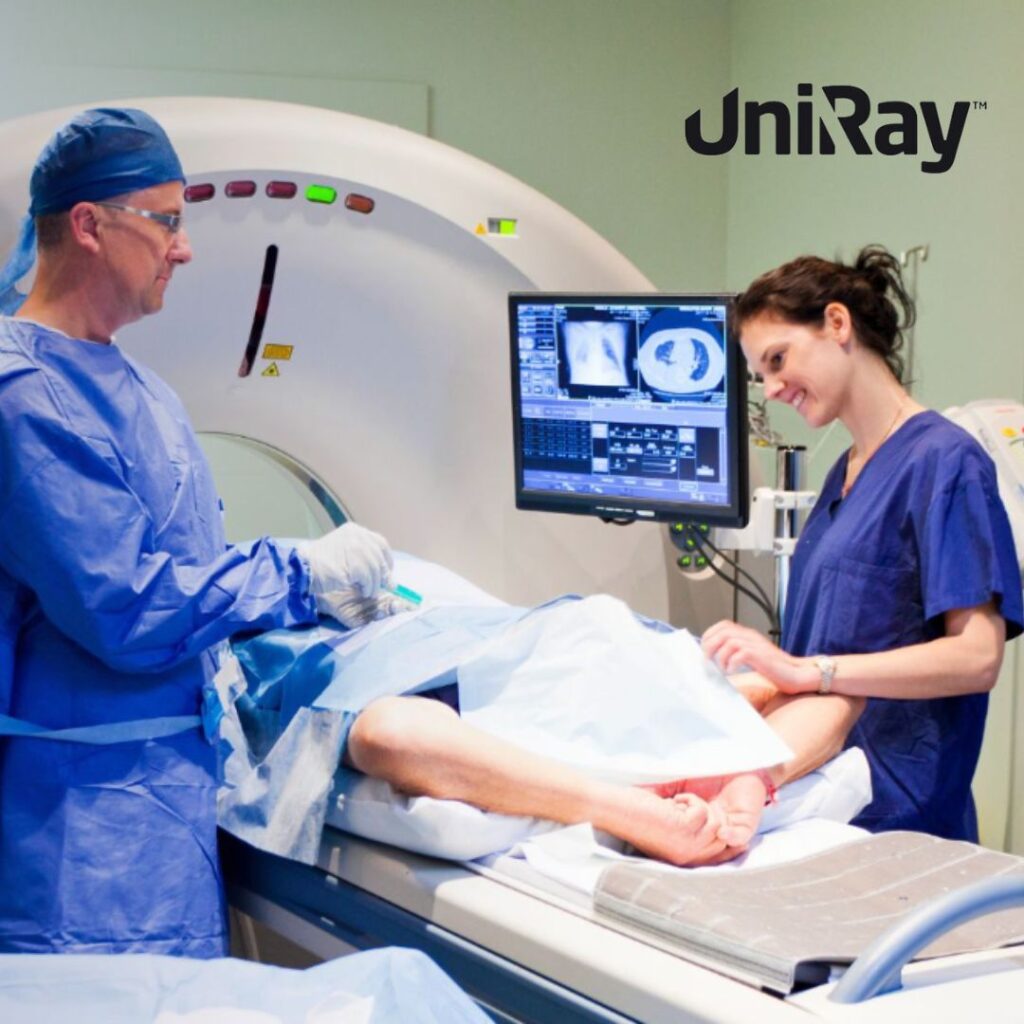X-ray machines play a crucial role in modern medical diagnostics, providing clear images to help detect and treat a variety of conditions. However, due to the inherent risks associated with radiation, strict safety measures must be in place to protect both patients and staff. Understanding X-ray machine safety requirements, the necessity of an X-ray in use sign, and the broader framework of radiation protection in X-ray departments is essential for ensuring a safe environment.
Understanding X-ray Machine Safety Requirements
The use of X-ray machines in medical settings requires adherence to a range of safety guidelines designed to minimize radiation exposure. First and foremost, X-ray machine safety requirements encompass the proper functioning and maintenance of equipment. Regular calibration and testing of the X-ray machine are critical to ensure it produces accurate images with the lowest possible radiation dose.
Machines must comply with safety standards set by organizations such as the American College of Radiology (ACR), the National Council on Radiation Protection (NCRP), and in some countries, local regulatory bodies that oversee medical imaging.
Another important aspect of X-ray machine safety requirements is the establishment of shielding protocols. X-ray rooms should be constructed with lead-lined walls, doors, and windows to contain radiation. Additionally, personal protective equipment (PPE) such as lead apron, thyroid shield, and lead glasses should be available to staff and patients to minimize exposure. Ensuring proper PPE is used when necessary can significantly reduce the risk of overexposure to radiation during X-ray procedures.
Positioning is also crucial to the safe operation of an X-ray machine. Medical staff must be well-trained in accurately positioning the patient and adjusting the machine to target only the area of interest. This helps minimize unnecessary exposure to other parts of the body. Additionally, modern X-ray machines have built-in safety features, such as automatic exposure control (AEC) systems, which adjust the radiation dose based on the density of the part being imaged, ensuring that only the required dose is used.
 X-ray In Use Sign Requirements
X-ray In Use Sign Requirements
Radiation signage plays an important role in informing staff and the public about potential radiation exposure. X-ray in use sign requirements are regulated to ensure that people are aware of ongoing procedures and can take necessary precautions.
These signs must be prominently displayed at all entrances to X-ray rooms and must be clear and visible to both patients and staff. The sign should include a radiation warning symbol, which is universally recognized as a trefoil with three blades, and the words “X-ray in Use” to alert individuals that the machine is operational.
In many regions, X-ray in use signs must be illuminated when the machine is active, typically in the form of a red warning light. This serves as an additional layer of X-ray protection, as it signals the need for caution even before entering the area. Furthermore, certain jurisdictions may require these signs to be supplemented with more detailed information, such as contact details for radiation safety officers and instructions for anyone unfamiliar with radiation safety practices.
It’s important to note that the X-ray in use sign requirements are part of broader regulatory frameworks established by health and safety authorities, which seek to ensure the highest level of protection for both healthcare workers and patients. Failure to comply with these requirements can lead to legal consequences, as well as unnecessary exposure to radiation.
Radiation Protection in X-ray Departments
 Effective radiation protection in X-ray departments requires a comprehensive strategy that includes technical, administrative, and behavioral measures to reduce exposure. One of the key principles guiding radiation protection is the ALARA concept, which stands for “As Low As Reasonably Achievable.” This principle emphasizes that radiation exposure should be kept to the lowest possible levels while still achieving the diagnostic benefits of X-rays.
Effective radiation protection in X-ray departments requires a comprehensive strategy that includes technical, administrative, and behavioral measures to reduce exposure. One of the key principles guiding radiation protection is the ALARA concept, which stands for “As Low As Reasonably Achievable.” This principle emphasizes that radiation exposure should be kept to the lowest possible levels while still achieving the diagnostic benefits of X-rays.
To achieve radiation protection in X-ray departments, it is essential to create a radiation safety program that outlines policies, procedures, and responsibilities for radiation safety. This program should cover the training and certification of staff, ensuring they are competent in operating the equipment safely and understand the risks of radiation exposure.
Staff members should undergo regular refresher courses on radiation safety, especially as technologies evolve and new safety standards are implemented.
Radiation monitoring devices, such as dosimeters, are critical tools in ensuring radiation protection. Dosimeters measure the amount of radiation exposure that a person accumulates over time, and staff members who work in X-ray departments should wear these devices during their shifts.
The data from dosimeters are reviewed regularly, and if exposure levels exceed the recommended limits, immediate corrective actions should be taken to protect individuals from further exposure.
Radiation protection in X-ray departments also involves strict control over access to X-ray rooms. Only authorized personnel should be allowed inside the room during procedures, and even they must wear protective gear. Visitors and non-essential staff should be restricted from entering unless absolutely necessary, in which case they should be provided with adequate protection.
Lead-lined screens or movable barriers can also be employed to shield staff who need to be present during X-ray imaging from direct exposure.
Another crucial aspect of radiation protection is ensuring that the duration of exposure is minimized. The shorter the time that someone is exposed to radiation, the lower the risk of harmful effects. Therefore, it is important to use the minimum number of exposures required to obtain a clear image.
Advances in digital imaging have made it possible to reduce the radiation dose while still achieving high-quality diagnostic results, further contributing to patient safety.
The Role of Quality Assurance in X-ray Safety
Quality assurance (QA) programs are an integral part of maintaining safety standards in any X-ray department. A QA program ensures that all aspects of radiation safety, from equipment performance to staff training, are continuously evaluated and optimized. Regular equipment inspections and testing ensure that X-ray machines are operating at peak efficiency and that they are not producing excess radiation due to technical faults.
X-ray machine safety requirements include conducting routine preventive maintenance to detect any issues before they compromise safety. Additionally, image quality should be regularly assessed to ensure that images are diagnostically useful and that repeat exposures, which increase radiation exposure, are avoided. Regular reviews of radiation dose records and imaging protocols are also necessary to ensure that the lowest effective dose is being used for each type of procedure.
Summary and Conclusion
Understanding and adhering to X-ray machine safety requirements, implementing X-ray in use sign requirements, and ensuring comprehensive radiation protection in X-ray departments are essential components of a safe medical imaging environment.
By following established guidelines, regularly maintaining equipment, and training staff to minimize exposure, healthcare facilities can significantly reduce the risks associated with radiation. The ALARA principle should always guide practices, emphasizing that the benefits of X-ray imaging should never come at the cost of unnecessary radiation exposure.



